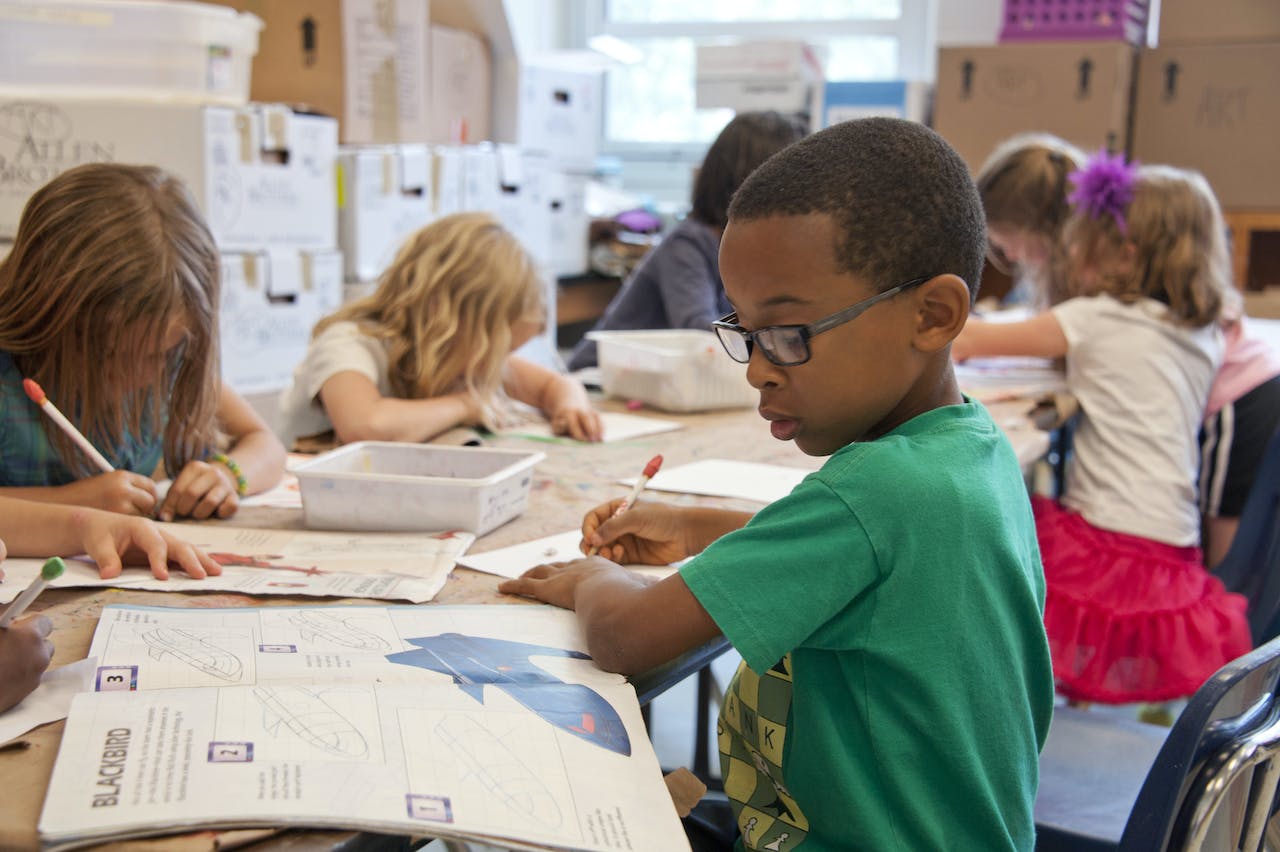When an infant suffers a birth injury, it is natural for parents to worry about what that means for their child’s future development, education, independence, and quality of life. While challenges exist, with knowledge, advocacy, and support, children can access educational environments where they can thrive and gain skills for a bright future.
Understanding Educational Rights
In the United States, every child with a disability is entitled to a free, appropriate public education under the Individuals with Disabilities Education Act (IDEA). This is true regardless of how severe the child’s impairments are. Parents are important advocates in securing these rights.
After a diagnosis, work with your school district’s Committee on Special Education to develop an Individualized Education Program (IEP) tailored to your child. Outline the services and accommodations needed to allow your child to access the curriculum and make academic progress. Examples include physical therapy, speech therapy, assistive technology, classroom aides, and modified assignments.
Understand the law so you can push back if your IEP requests are denied. Seek assistance from advocates if needed. Your child deserves to have support in place to help them flourish in school.
Finding the Right Environment
The ideal educational setting allows your child to learn while getting necessary therapies and social interaction. Children with birth injuries often thrive when included in mainstream classrooms part-time where possible, while still receiving focused special education instruction.
However, the least restrictive environment differs for every student. Some do best in dedicated special education schools, especially if they require intensive medical support. Do your research and visit options. Ask trusted doctors and therapists for input as well.
As your child grows, their needs will evolve. Reevaluate periodically to ensure their environment continues fostering growth. Advocate for transitions when you feel they need more challenge or support.
Teaching Daily Living Skills
Academic learning is important, but teaching children the practical life skills that enable independence is essential. Occupational and physical therapists can work on dressing, feeding, and mobility goals. Assistive technology unlocks communication and environment control.
In later grades, focus on skills for adulthood like budgeting, public transportation, household chores, employment readiness, and self-advocacy. Setting goals in these areas equips children to participate actively in their communities as they transition to adulthood.
Planning for Adult Life
The high school years are critical for planning your young adult’s path forward. Meet with your school district’s transitional support staff to outline goals and needed services. Areas to address include:
- Post-secondary education options include modified college programs.
- Applying for Supplemental Security Income and adult Medicaid benefits.
- Exploring supported or specialized employment.
- Evaluating independent or group living options.
- Developing transportation plans and adult health providers.
- Connecting with state developmental disability agencies for supported living services.
Thorough planning eases the transition into a fulfilling adulthood with continued learning and social connection.
Believing in Your Child’s Potential
Raising a child with special needs requires persevering through challenges and focusing on possibilities rather than limits. Avoid imposing low expectations. Give your child every chance to reveal their capabilities and talents.
Your love and advocacy pave the way for them to gain skills needed for community participation. Expectations uplift. With guidance, encouragement, and the right support, children with birth injuries can craft lives with purpose, joy, and increasing independence. Their future is bright with you as their tireless champion.

